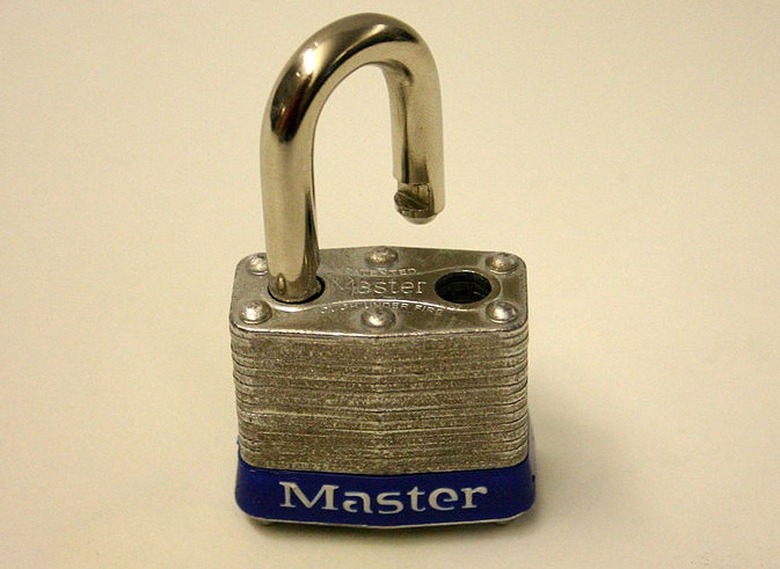Watch: A Hacker Has Learned How To Crack Almost Any Master Lock Code In 8 Tries Or Less
We mostly think of hackers as people who use their knowledge of coding to virtually break into computer systems. It turns out, however, that hackers can be pretty good at breaking into physical locks as well. Via Ars Technica, hacker Samy Kamkar this week posted a video that shows how you can crack the code of a Master Lock combination in eight tries or fewer.
DON'T MISS: AT&T promised a customer it could get broadband to his new house – he wound up with 768Kbps service
Here is a brief step-by-step summary of how to pull off Kamkar's trick.
- First, turn the lock's dial to "0" and then lift up its shackle as much as you can
- Start turning the dial counter clockwise. You'll notice that while you're turning it with the shackle lifted, it will get stuck in certain grooves. If you get stuck between two whole numbers, such as 2 and 3, ignore this result, temporarily lower the shackle, and continue turning once you've passed the sticking point and have raised the shackle back up.
- Keep turning the dial until you hit a groove that's between two half numbers, such as 5.5 and 6.5. Kamkar says you should do this one more time and you should find another groove between two half numbers before you hit 10. Mark down the numbers where you find both of these grooves.
- Next, locate the lock's resistance point by holding the shackle up about halfway and spinning the dial around. While you won't get locked into a groove, you will notice there's one consistent resistance point where you turn the dial around every time. Mark this location down as well, whether it's a whole number or a half number.
- From there, Kamkar has developed an online tool that uses these three locations to determine the first number in the combination. In his example, the tool then gave him 10 different options for the second digit and two options for the third digit.
- Once you have these numbers, determining the third digit is a simple process that involves turning the lock to the two digit combinations, holding up the shackle, and seeing which digit has the most give to it. The one with the most give will be the third digit.
- Now that you know the first and third digits, Kamkar's program can narrow the second digit down to just 8 possibilities.
This description doesn't do Kamkar's video justice, however. To get a better idea of how this trick works, watch the whole thing below.
